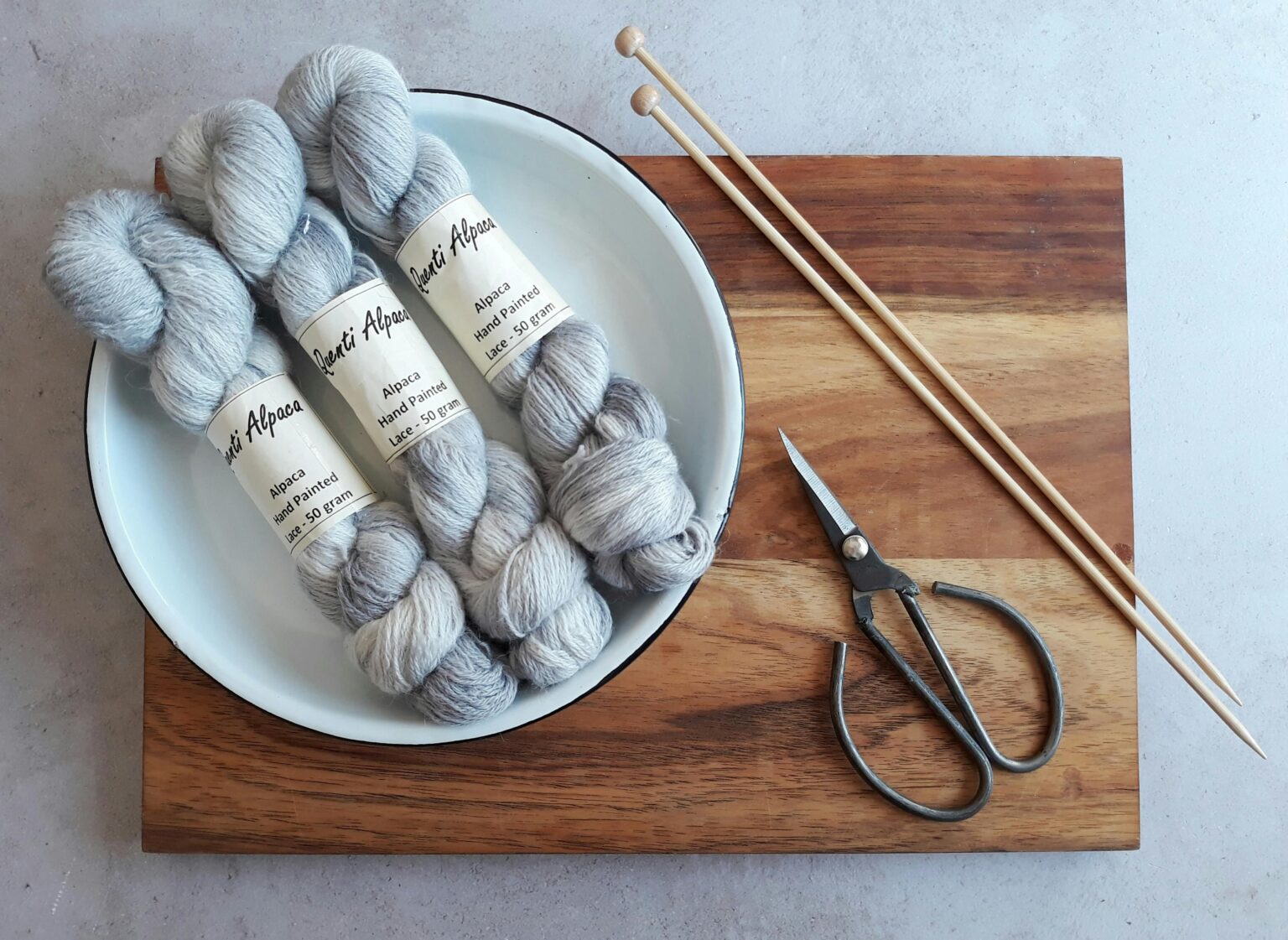Handlom refer to wooden frames of different types which are used by skilled artisans to weave fabrics usually from natural fibers like cotton, silk, wool, jute etc. it is a cottage industry where the entire family is involoved in the production of cloth. Right from spinning the yarn ,colouring to weaving on the loom if done by them. Fabric produced from these loom is also referred to s handloom indian handloom high value cloth with low cost handloom . indian handloom best weaving & products.
The tools required for his entire process are made from wood sometimes bamboo and they do not require any electricity to run them. The entire process of fabric production was totally manual in earlier times. Thus this is the most eco-friendly way of producing clothes.
History of handloom

early days indian handloom dates back to the indus valley civilization.even in ancient time ,indian fabrics were exported Rome ,Egypt and China.
In earlier time,almost evey village had its own weavers who made all the clothing requirements needed by the villagers like sarees, dhotis, etc.Some areas where it is cold in winter there were specific wool weaving centers but everything was hand-spun and hand woven.
Traditionally the entire process of cloth making was self –reliant.the cotton /silk/wool came from the farmers, foresters or transformed by weavers themselves or agricultural labour community. Small handy instruments were used in the prosess including the famous spinning wheel (also known as charkha),mostly by women . this hand spun yarn was later made into cloth on the handloom the weavers.
Decline of handloom.
During british rule ,india was tuned into an exporter of raw cotton and country was flooded with machine made imported yarn.To increase consumption of this yarn ,british authorities resorted to violence and coercion. Summarily ,this resulted in a complete loss of livelihoods first foe the spinners,and dependenc of handoom weavers on machine yarn.
Indian handloom sustained itself until world war1 when imported machine made clohes flooded the indian market. The beginning of powerlooms in the 1920’s,and he consolidation of the mills and the high cost of yarn made an unfair competition that led to the decline of handloom.
Revival of handloom-
Mahatama Gandhi started the swadeshi movement and reintroduced hand spinning in the name of khadi which essentially means hand spun and hand woven. Every indian was urged to spin the yarn using charkhas and wear khadi. This led to the closure of the mills in Manchester and huge turning point in the indian independence movement. People burnt imported clothes and close to wear khadi
Handloom – post independence.
Textile mills and spinning mills continued to function in india. Today,there are many weaving styles that use machine spun yarn and these febrics are referred to as handloom and fabrics made from handspun yarn are called khadi fabrics.
Thus the fabric was widely used and affordable for everyone.
Current Scenario.

Government funding and policy protection also declined drastically. Also the cost natural fiber yarn has increased tremendously.in comparison to artificaial fiber,the cost of natural fabric has gone up this makes it unaffordable for the commen people but the wages of handloom weavers have remained frozen for the past decade or two unable to compete with cheaper poly-,mixed fabric many wavers are quiting weaving and going for unskilled labour work and many have been reduced to extreme poverty.
Handloom is timeless.
Handloom is beautiful fabric and special as no two fabric can be like. Off course the output depends on the skill set of the weaver but even if we make two weavers with similar skills weave the same fabric it will be different in one way or the other each fabric is a reflection of the weavers moods when a weaver is angry the fabric would be little tight hile it would be loss when he is sad thus each piece is unique in it self.
In india there are different styles of weaving in different parts of the country and sometime in the same region there could be as wide a range as 20 -30 varied style.
Meta description
“भारतीय हस्तशिल्प की उत्कृष्टता का अनुभव करें। समृद्ध परंपराओं, जीवंत रंगों, और पर्यावरणीय सौंदर्य के एक विश्व में डूबें। हमारे संग्रह में उत्कृष्ट हस्तशिल्प की श्रेष्ठ निर्माण, प्रत्येक धागा किस्से और कलाकारी की प्रशंसा करता है।”
.


